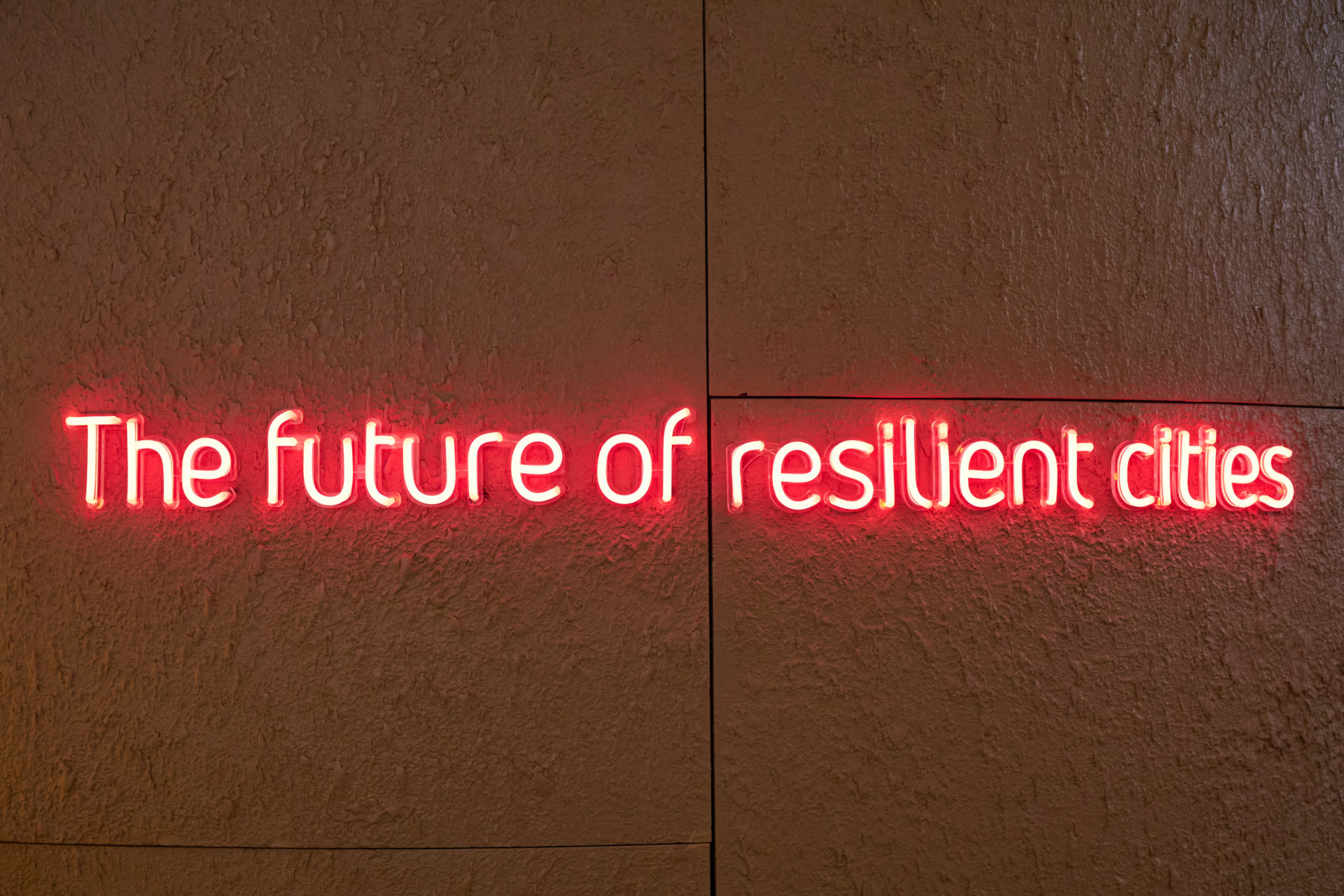Location
Chicago, USA
Year
2021
Scale
City
Services
Artwork
Contributors and supporters

Chicago
“CHICAGO” is a vision proposed by GEOEG and ENERDRAPE for the Thematic Exhibition of the 2021 Seoul Biennale of Architecture and Urbanism (SBAU).
Selected among more than 500 projects from prominent architectural and engineering firms worldwide, such visionary yet realizable intervention for the resilient future of Chicago transforms about 280 km of existing tunnels and other built environments that lay beneath the city into energy geostructures.
The project
As one of the densest American cities, Chicago suffers from torrid summers and freezing winters. Greatly as a result of this climate, the city has tremendous thermal energy requirements, which currently contribute to 71% of the citywide CO2 emissions due to reliance on non-renewable energy sources. Another feature of Chicago is that it is constructed upon layers. Various layers lie above the ground, such as elevated metro lines, suspended walkaways, and rooftop gardens. Many layers lie below the ground, including underground streets, bars, parking garages and pedways, metro tunnels, freight tunnels and cable car tunnels, water tunnels, and deep tunnels.The Environment
The presence of substantial amounts of energy-consuming buildings and many underground built environments provides Chicago with the critical opportunity to serve massive applications of energy geostructures to meet the thermal energy consumption of the city effectively and economically. From this perspective, this visionary project transforms the underground-built environments beneath Chicago into spaces that can power the city.
The artwork
This installation reproduces the transformation of one of the many tunnels lying beneath Chicago into energy geostructures specifically termed energy tunnels. Energy tunnels can dynamically harvest the geothermal heat untapped in the ground as well as the waste heat produced by human activity in the subsurface (people traveling, trains breaking, etc.), representing a smart environment for urban transport and clean energy supply. Accordingly, the designed artwork simulates an energy tunnel operation that drives heat exchange below the ground surface for the benefit of human activity and the environment above the ground. The tunnel is made up of a crossroad of irregular passages that embed LED lights. These lights change their color from yellow to red with the movement of people, virtually representing the occurrence of heat exchange and providing visitors with a dynamic sensory experience.

